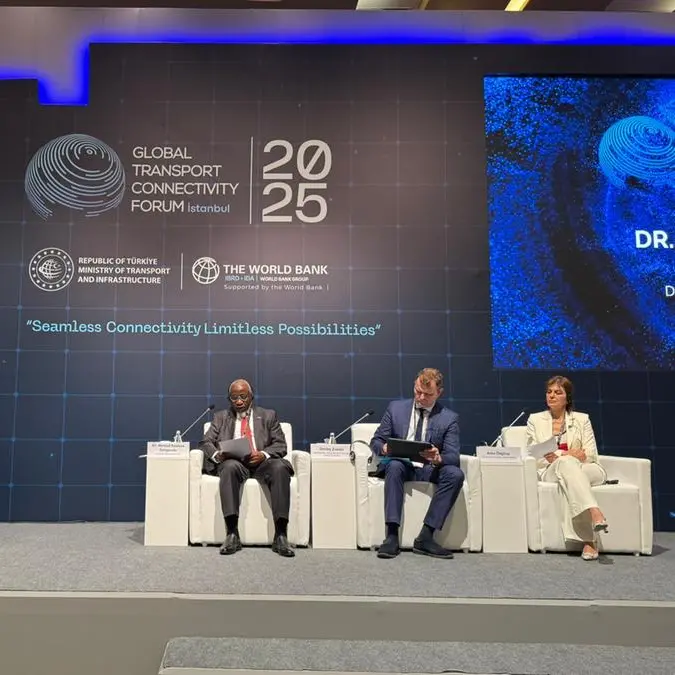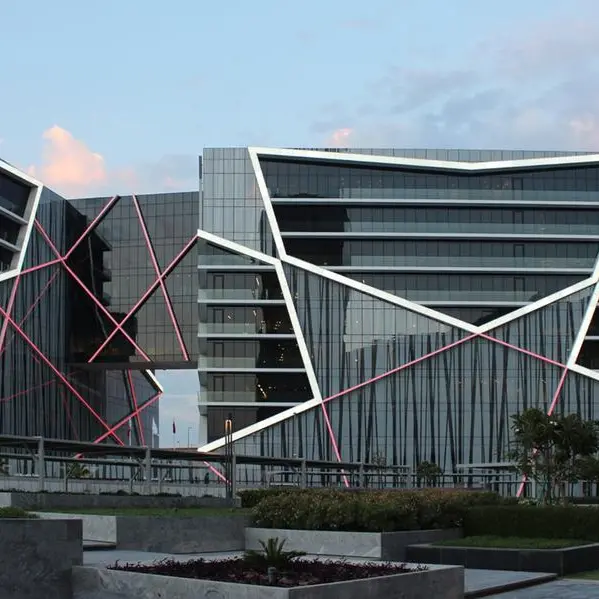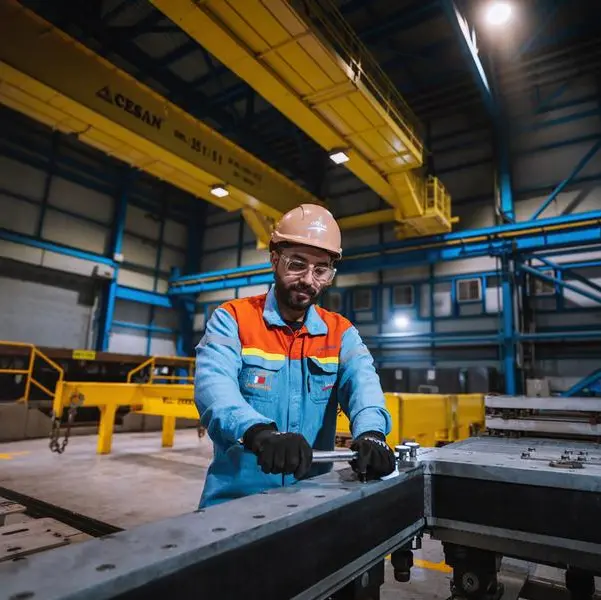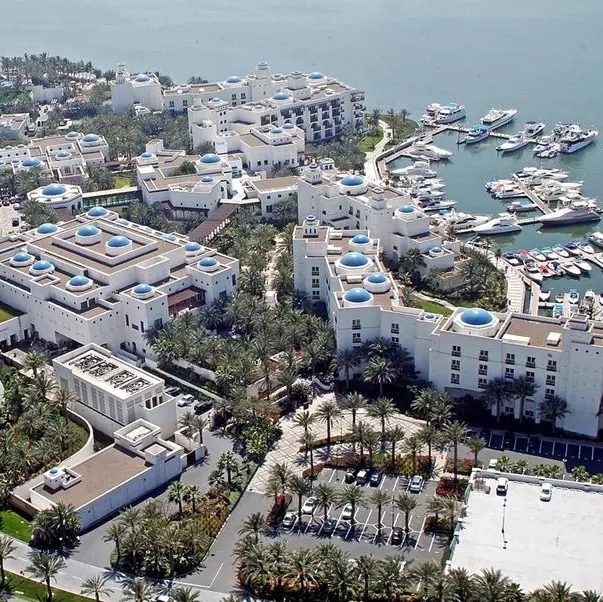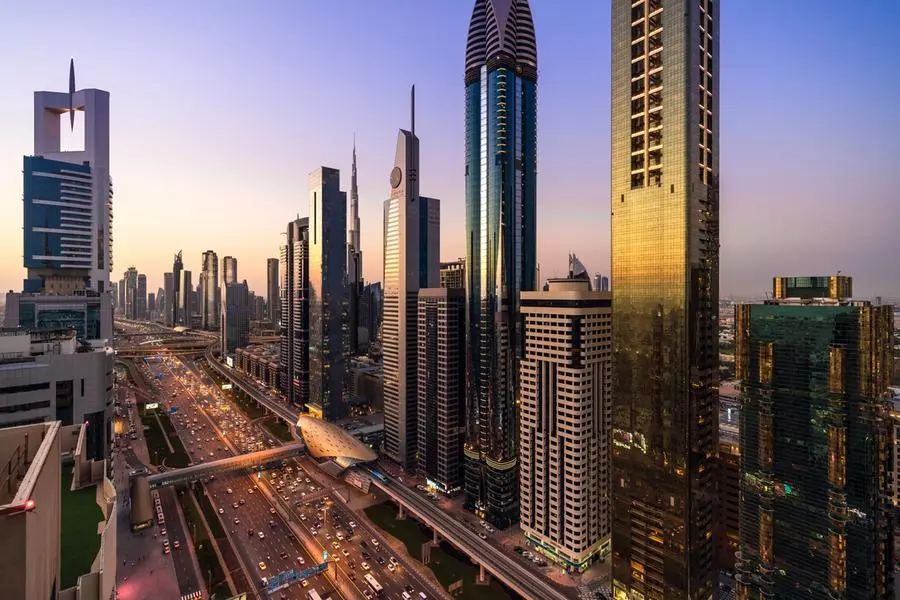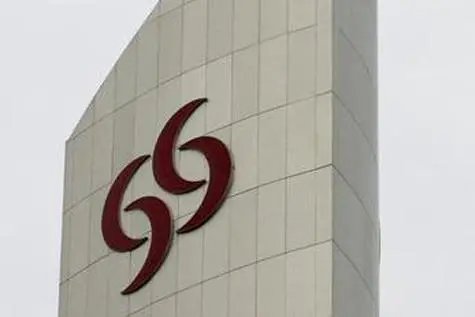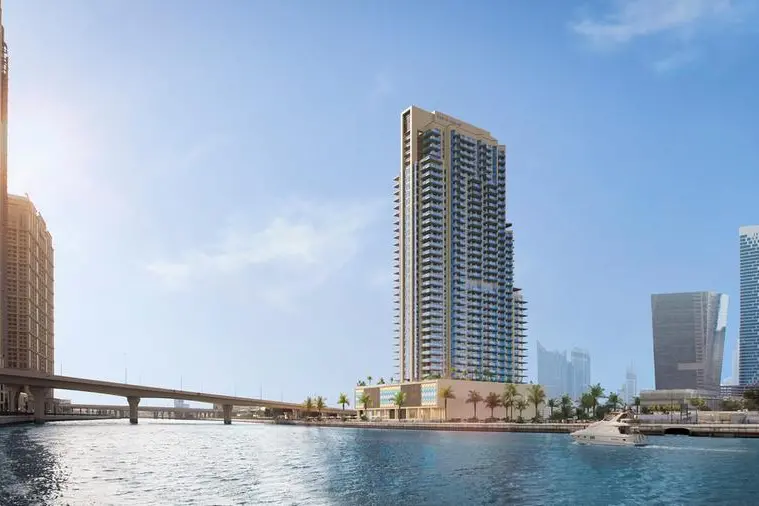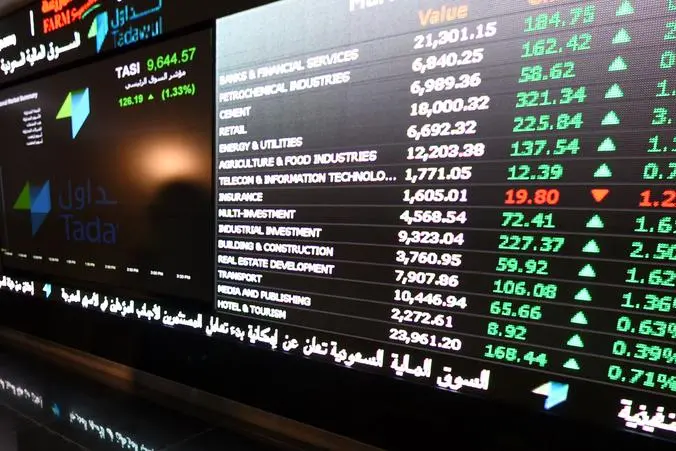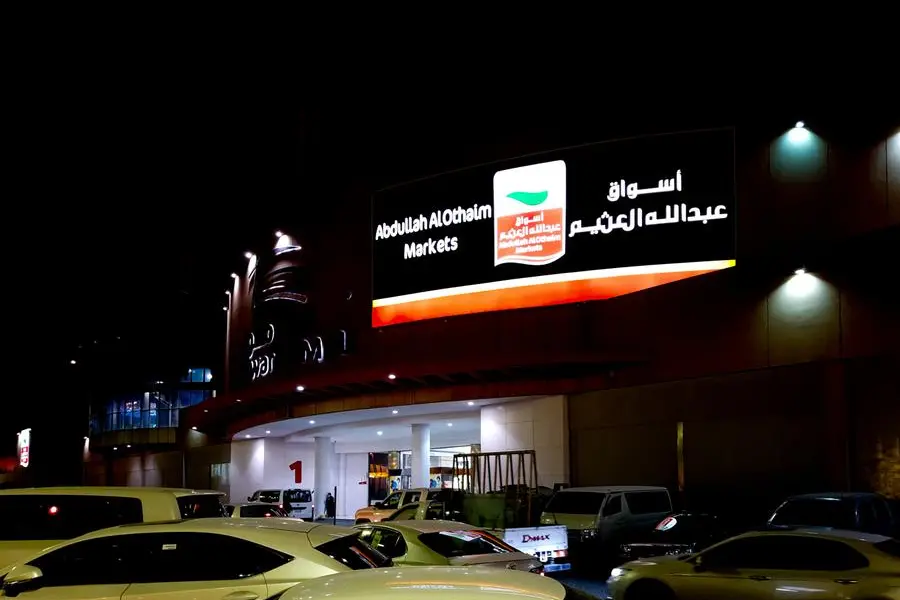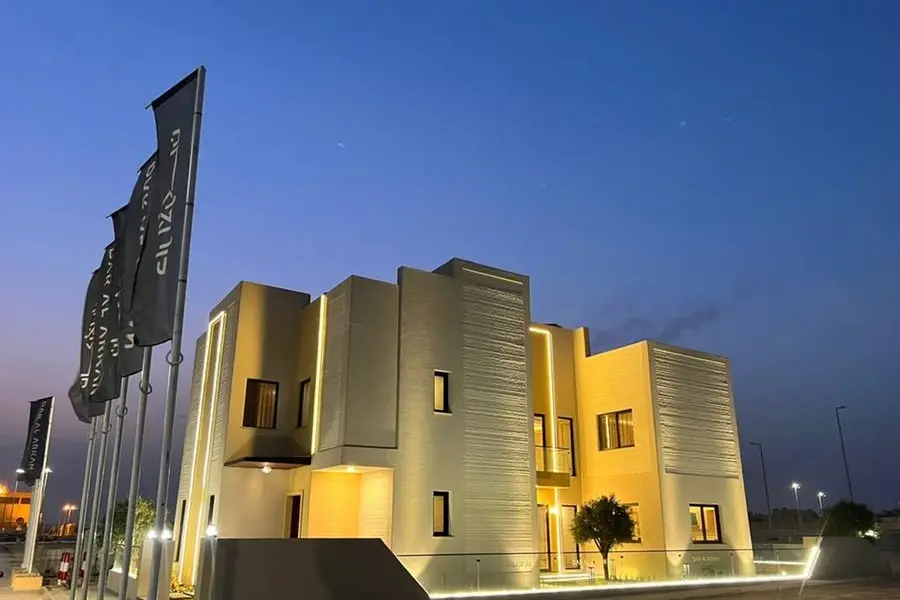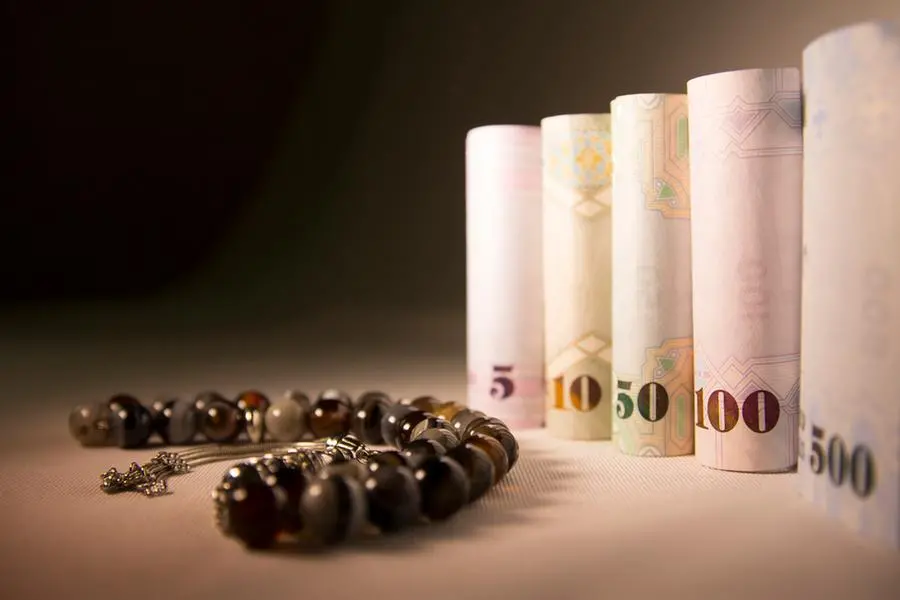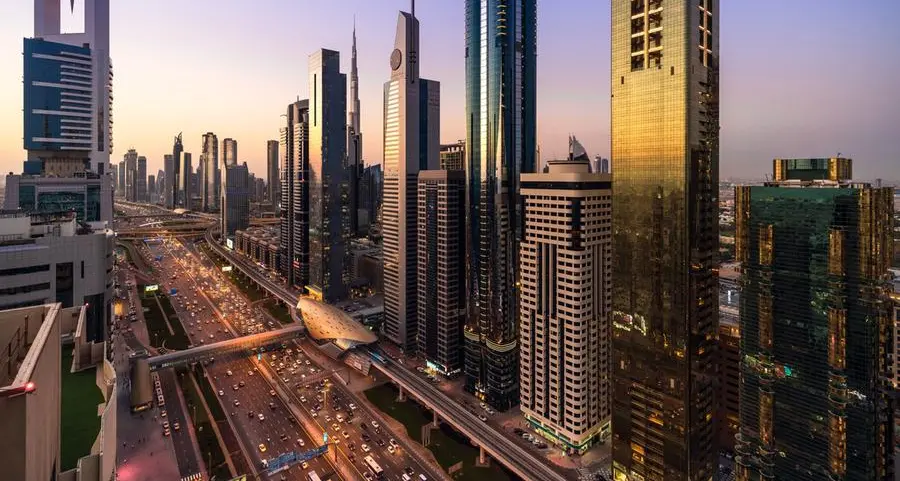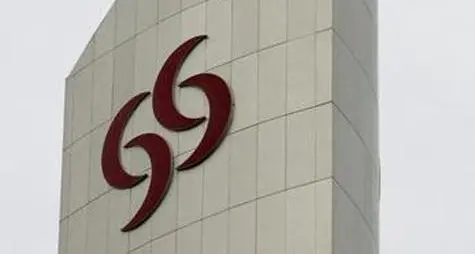Al Subaie: Qatar Rail's developments are essential for a modern and efficient transportation network in Qatar that will meet with people's fast-paced commuting needs.
Al Subaie: The railway network will be connected to the public transportation infrastructure for an integrated transportation network in Qatar
Al Subaie: Doha Metro will link the capital's inner and outer areas such as Lusail City, the New Doha International Airport, the Education City, and the West Bay area
Al Muhannadi: There is a real need for an integrated and comprehensive transportation network in Qatar
Al Muhannadi: The first stage of Doha Metro projects entails the setup of 37 stations covering Qatar's key locations and vital areas
Al Muhannadi: Qatar Rail's projects will contribute to the reduction of carbon dioxide emissions and traffic jams
Al Muhannadi: Qatar Rail will keep press and media members informed and updated about the progress of its projects through a series of periodic meetings and conferences
Al Bishri: Qatar Rail will deploy advanced Tunnel Boring Machines (TBMs) using Earth Pressure Balance (EPB) technology, and will utilize world-class machinery that has been tailor-designed for Qatar's geographical nature.
Al Bishri: The Long Distance Passenger Rail train will connect the new Mesaieed Port to Saudi Arabia territories
Doha - In a press conference held today, Qatar Railways Company (Qatar Rail), the company overseeing the construction of the Qatar's integrated railway network, unveiled the overall technical progress of the network's developments; stressing on Qatar Rail's alignment with the state's National Vision 2030, the conference featured a series of key speeches by the company's engineering experts, as well as a presentation on the company's projects, and their contribution to providing a modern and efficient transportation network that is capable of keeping pace with the growing needs of the Qatari population.
"Qatar is undertaking a number of mega-projects in order to accomplish its National Vision 2030. These projects require a world-class transportation equipment and logistics solutions that are capable of timely delivery" commented Engineer Abdullah Bin Abdulaziz Turki Al Subaie, the Managing Director of Qatar Rail.
"Significant investments have gone into Qatar's transportation and shipping infrastructure, including the construction of the New Doha International Airport, the New Doha port, and several mega cities such as Lusail and Musheireb. Additionally, the railway network project, estimated at 35 billion dollars, entails plans to extend shipping railways by 325 kilometers, and to connect Qatar's rail networks to those of other GCC countries," he said.
Qatar Rail's projects will greatly facilitate commuter transport
"The railway network project in Qatar comes in line with the state's National Vision 2030," Al Subaie asserted, and "reflects the government's commitment to major infrastructure and setup projects as part of Qatar's sustainable growth and development plans across its key sectors. More importantly, the project is a timely response to the Qatari people's fast-growing need for alternative and modern means of transportation."
Qatar Rail aims at bringing about a tangible shift in railway projects, leading three vital developments in Qatar: the Doha Metro, the Long Distance Passenger and Freight Rail, and the Lusail Light Rail Transit, which will work in full integration to connect Qatar's key areas with each other and with their vital extensions - whereby the Doha Metro will link the capital's inner and outer areas such as Lusail city, the New Doha International Airport, the Education City, and the West Bay area.
Al Subaie also stressed on the role Qatar Rail's railway network projects will play in reshaping Qatar's infrastructure, ranking among the biggest world-class, pioneer, ambitious and modern railway projects in the region, and placing Qatar among the world's most advanced countries in the transportation sector. "Whether through construction, design or other complementary and accompanying works and projects, Qatar Rail has provided the private sector with a great deal of business and labor opportunities through its developments," he said, adding that "among the company's most ambitious objectives is the significant participation of Qatari private sector to the railway network projects.
Qatar Rail will directly contribute to the National Vision's 2030 four key pillars
Qatar's national vision 2030 stood on four key pillars, "Economic Development, Environmental Sustainability, Human Development, and Social Development, no different than the very foundations upon which Qatar Rail has built its long term vision," added Al Subaie; Qatar Rail's projects will create over 104 job opportunities for the Qatari private sector, he explained, with forecasts to generate over 38 billion dollars in potential revenues. Fully committed to the promotion of Qatarization, Qatar Rail has put in place several hiring, training and development schemes for the current Qatari workforce, as well as recruitment, internship, rehabilitation and grants programs providing Qatari students with the proper education and skills at Qatar's best academic institutions - more particularly senior engineering students. This will be of great added value to Qatar Rail's human capital, competence and efficiency in the future. Moreover, the company is committed to preserving Qatar's natural ecosystem and environment by building an eco-friendly infrastructure for its railway network.
The execution of Qatar Rail's projects is progressing as scheduled
Commenting on the progress of the company's current developments, Qatar Rail's Chief Executive Officer, Engineer Saad Al Muhannadi announced that "within a short period of time, Qatar Rail has signed on to several agreements, worth over $ 32 billion in total, to proceed with the preliminary works for the Doha Metro project and the Lusail Light Rail Transit," whereby work for the Doha Metro projects is moving along as scheduled, and that for the Lusail Light Rail Transit has reached advanced stages. "The Long Distance Passenger and Freight Rail transportation system, which will cover 350 kilometers in distance at a speed ranging between 220 and 350 kilometers/hour for passenger trains, and nearing 120 kilometers/hours for freight trains, is currently under technical and commercial evaluation by expert consultants," he added.
The Lusail Light Rail Transit project is advancing at great speed
With regards to the Lusail Light Rail Transit, Al Muhannadi revealed that Qatar Rail has finalized the Tunneling works for the project's tunnels, and completed over 60 % of the structure for drilling works for its stations. Additionally, 50% of the structure of the bridge overseeing Al Khor and the Lusail Light Rail Transit, which is slated to be officially delivered by 2017, has been set up - the Lusail Light Rail Transit is composed of four lines extending to 30.5 kilometers in total, among which are 19 kilometers at ground level, 10 kilometers underground, and 1 kilometer above the ground, in addition to a 0.5 kilometers track between two high-rises. The overall project consists of a fleet of 34 trains, and 37 stations, 24 of which are on ground level, 10 are underground, one is located on the bridge level, and two connect two high-rises.
Qatar Rail is driving the transport industry forward
On a related note, Engineer Hamad El Bishri, Deputy Chief Executive Officer and Chief Program Officer at Qatar Rail, recapped the progress of the company's current projects, highlighting the Qatari government's sizeable investments into the country's infrastructure over the few coming years, 25 % of which will pour solely into Qatar Rail's transportation sector. "Qatar Rail's developments are essential in Qatar's urban fabric, consistently working to meet the Qatari society's growing needs for sustainable development; public transport has become a bare infrastructural necessity for any developed market, whereby metro networks have largely contributed to the reduction of Carbon Dioxide emissions, pollution and time-wasting traffic jams. Qatar will be no exception, as the Doha Metro project will not only improve the Qatari people's quality of life, but will also create ample opportunities for Qatari investors and industry professionals," he said, adding that the Doha Metro makes up an essential share of the Qatari railway network.
The Doha Metro will connect Qatar's key locations and vital commercial and residential areas
In fact, the Doha Metro network consists of four lines extended to 354 kilometers across the Greater Doha area, connecting the city's two central points with larger commercial, residential and dynamic areas in Downtown Doha, and operating underground in busy areas, and on-and-above the ground levels in the suburbs. Moreover, the network will cover over 90 stations (currently amounting to 93), two of which are central and located in the city of Musheireb and Education city. The metro lines will be distributed as follows:
- Red Line (coastal line) will traverse Wakrah City, the Doha International Airport, Musheireb, Katara, The Pearl, and Qatar University routes.
- Gold Line (History Line), bound from east to west, connects the airport's northern part with Souk Waqef, Musheireb, Bin Mahmoud, Al Sadd, and Al Waab
- Green Line (Education Line) trails the Al Rayyan Road and connects Education City - the very center of Qatar's educational projects and achievements - with Musheireb and Hamad Hospital.
- Blue Line (City Line) which is a semi-circular line that connects residential and commercial areas in the West Bay and the northern part of Airport City with the main C-Ring Road.
Additionally, the network will connect the Red, Gold, Green and Blue Lines with each other which will be implemented in two phases.
The Doha Metro project will usher requirements of the increasing population growth in Qatar, where the Red Line - South will link Doha to Musheireb which will be the Major Station and the intersection of all metro lines. The Doha Metro Project will also operate underground in the center of the city.
The Red Line will link Downtown Doha to the business hub area in West Bay - extending underground to reach the new Lusail city- while its Southern extension will connect Doha to the center of Musheireb, which itself is the intersection point for all the Doha Metro lines as well as its central station. The Gold Line will link connect the Hamad International Airport to Qatar's new national museum, Musheireb central station, and the heart of Doha. Meanwhile, the
Green Line will transport passengers to football stadiums that will be built in preparation for the World Cup 2022.
Indeed, the Doha Metro was designed to keep pace with the growing needs and size of the Qatari population, its aesthetic features fitted to Qatar's cultural heritage and reflecting historic Islamic architecture; the network's stations interior design characterized by the use of Vaulted Spaces and pearl-like materials, creating a sense of familiarity and warmth to Qatari commuters.
The Doha Metro project will be conducted over two stages: the first, scheduled to be completed in 2019, entails the setup of 37 stations - among which the Musheireb Station, located in the heart of Doha, will be the metro network's headquarters and the intersection point for three of its four lines (Red, Green and Gold) - covering 84 kilometers in total length (96 kilometers underground, 11 kilometers above ground level, and 4 kilometers on ground level). In the future, Al Bishri explained, the Education City station will serve a double purpose, linking the Green Line to the Long Distance passenger rail in addition to its current trajectory. The project's second phase, extending to 152 kilometers in total length (47 kilometers underground, 76 kilometers above ground level, and 29 kilometers on ground level) and encompassing nearly 56 stations, will be delivered by 2026.
Qatar Rail will employ advanced technology in the drilling works for tunnels
"The metro lines will operate underground in areas located in the heart of Doha. Qatar Rail will employ advanced Tunnel Boring Machines (TBM) using Earth Pressure Balance (EPB) technology for the tunneling works for these underground operations, whereby a circular cutting ring will break into underground surfaces, creating cylinder cavities for the tunnels. The debris of this process will then be transferred, through the tunnels, to a "dish", as the ring moves forward and cuts through underground concrete, supported by a hydraulic functioning system. This mechanism enables not only seamless setup of underground tunnels, but proper use of the demolished concrete as a supporting layer to the tunnels' protection shield ," explained Al Bishri, adding that the drilling and cavitation machinery ranks among the best in the world, and has been tailor-designed for Qatar's geographical nature. This machinery will be spread across 10 locations in Qatar - with the disc as the only visible part of the work for underground tunnels - whereby 4 cavitation machines will be deployed at Al Bidda station, two of which will traverse the underground route toward Musheireb station, and the remaining two will cross the road to the center of West Bay through the southern part of West Gulf station.
The creation of underground tunnels will include the provision of logistical supplies to operate the EPB-powered machinery, and will be split into two phases: the first will involve underground cavitation works, and the second the setup of a proper underground infrastructure.
Qatar Rail will fully scan areas for underground tunnels before any drilling and excavation works take place, asserted Al Bishri, as it will set up several control and monitoring posts across these areas, and take precautionary measures in the face of any unforeseen problems or events; such measures include a balancing act of underground cement injections under buildings surrounding the underground stations, if needed. In fact, the EPB technology will allow the company to conduct the works for underground tunnels with little impact on residential areas located above and around these tunnels. Moreover, Qatar Rail's TBMs for tunneling have been used in major cities worldwide (including London, Paris, New York, Zurich, Cairo, Dubai, and Abu Dhabi), and is in accordance with world-class safety and security standards for both the project's crew and Qatari residents. As such, Al bishri assured that the works for underground tunnels will not disrupt Qatari residents' daily lives.
Qatar Rail will build time-saving and eco-friendly projects
On another front, the Qatar Rail Development Program will offer time-saving and environment-friendly benefits; the distance from Musheireb area to Al Rayyan Stadium is estimated at 39 minutes by car, compared to 23.5 minutes by metro," Al Muhannadi explained, "while the approximate quantity of carbon dioxide emission saved by metro transport for this distance is 2.8 kilograms -enough energy to light a lamp for 850 hours. Likewise, commuting from Musheireb to Qatar University consumes 28 minutes by car, whereas by metro, it takes 18 minutes and saves 1.9 kilograms in carbon dioxide - enough energy to operate a television set for 200 hours in 8 days. Similarly, a trip from Musheireb to Education City consumes 28 minutes by car, and emits 1.8 kilograms of carbon dioxide, whereas it is estimated at 16 minutes by metro.
Qatar Rail is committed to preserving Qatar's natural landscape and environment by building an eco-friendly infrastructure for the railway network.
Indeed, over the past eighteen months, Qatar Rail has conducted a fifteen-volume intensive study over 100 square kilometers of Qatari territory, evaluating the possible environmental impact and footprint of the railway network projects whether during or after its completion; the results of this study have steered Qatar Rail towards the right decisions around the overall development of the network, and toward a collaborative effort with the Ministry of Environment to ensure that its projects are certified, and permits granted on the basis of its compliance with the ministry's standards and requirements.
Qatar Rail will continuously strive to achieve world-class environmental management standards of construction, operations and development in the Middle East Region; the Doha Metro's contribution to reducing carbon footprint in Qatar is one example. When the Doha Metro operates in full capacity by 2030, we expect 17,000 cars to be off the street, which means that we will be saving 107,000 kilograms of carbon dioxide emissions - just about enough energy to fly around the world 21 times.
Long Distance Passenger and Freight Rail
With regards to the Long Distance Passenger and Freight Rail project, Al Bishri explained that the project consisted of three different categories: a shuttle service for GCC transit passengers and travelers, transportation services for locals, and freight transport services for international and domestic routes. The project will be executed over four phases - with plans to initiate the enabling works in 2015 and complete the fourth and final phase in 2030 -and its network extended to Saudi Arabia, Bahrain, the New Doha Port, and Qatar's Hamad International Airport; indeed, the project's first phase entails connecting Doha with Mesaieed and the Saudi Arabia border, the second phase will link west Doha to Hamad International Airport and Bahrain, the third phase will link Doha and west Doha to Ras Laffan, as for the fourth phase it will consist of building the remaining lines for passenger and freight transport.
© Press Release 2013
